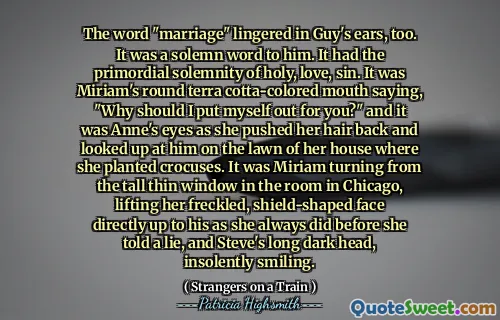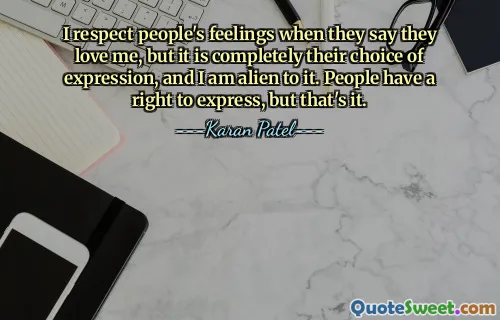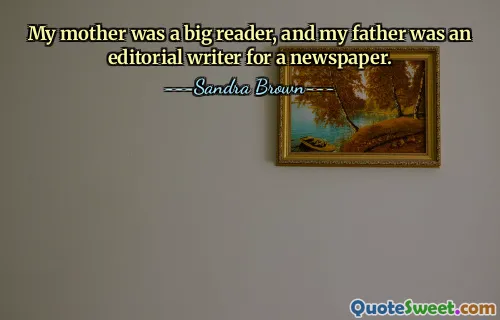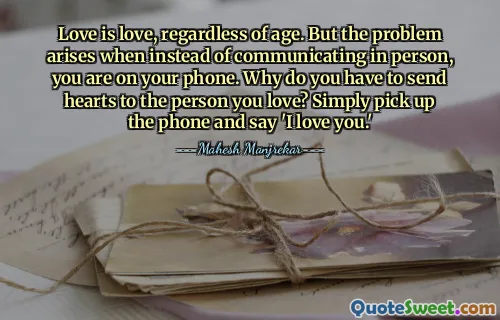
The word "marriage" lingered in Guy's ears, too. It was a solemn word to him. It had the primordial solemnity of holy, love, sin. It was Miriam's round terra cotta-colored mouth saying, "Why should I put myself out for you?" and it was Anne's eyes as she pushed her hair back and looked up at him on the lawn of her house where she planted crocuses. It was Miriam turning from the tall thin window in the room in Chicago, lifting her freckled, shield-shaped face directly up to his as she always did before she told a lie, and Steve's long dark head, insolently smiling.
This excerpt beautifully explores the multifaceted nature of the concept of marriage and the complex emotions it invokes. The author's use of detailed imagery and nuanced character interactions paints a vivid picture of how marriage is perceived differently by each individual. Guy's perception of marriage as a sacred and primordial bond underscores its seriousness and the weight it carries—something rooted in age-old notions of love, sin, and reverence. On the other hand, the individual images of Miriam, Anne, and Steve reveal varied attitudes and feelings towards relationships and commitment. Miriam's skeptical question, "Why should I put myself out for you?" hints at emotional distance or perhaps disillusionment, contrasting with the innocence of her pierced, terra cotta-colored mouth. Anne's gaze as she tends her crocuses suggests a gentle, perhaps idealistic view of life and love, intertwined with moments of tenderness. Miriam turning away from the window symbolizes perhaps a retreat or concealment of truth, while Steve's insolent smile introduces elements of flirtation or defiance. Overall, the passage emphasizes that marriage and love are deeply personal experiences that encompass a spectrum of feelings—reverence, suspicion, innocence, deception, defiance, and desire—all embedded in the characters' personal narratives. It resonates with the complexity of human relationships, where outward appearances often mask inner contradictions and where the idea of union is mired in both profound solemnity and personal ambiguity.







